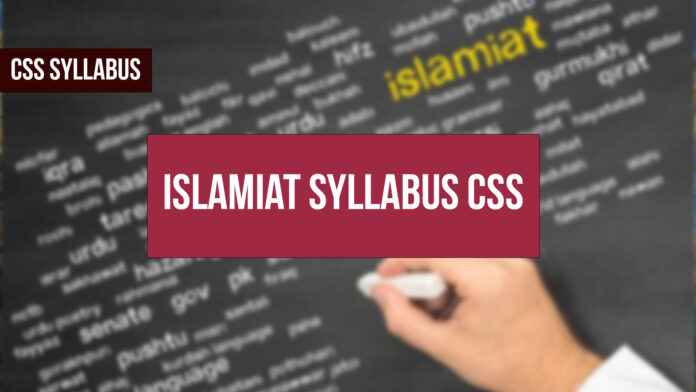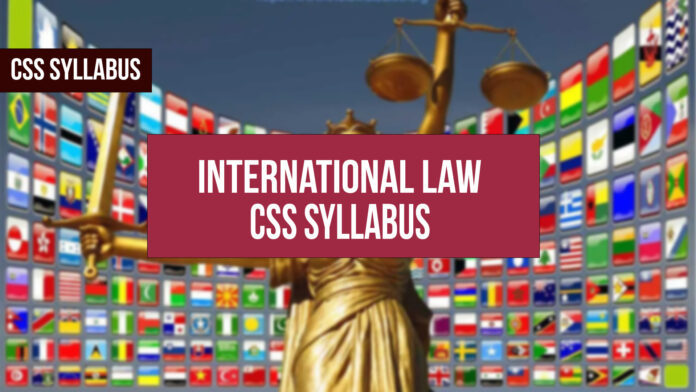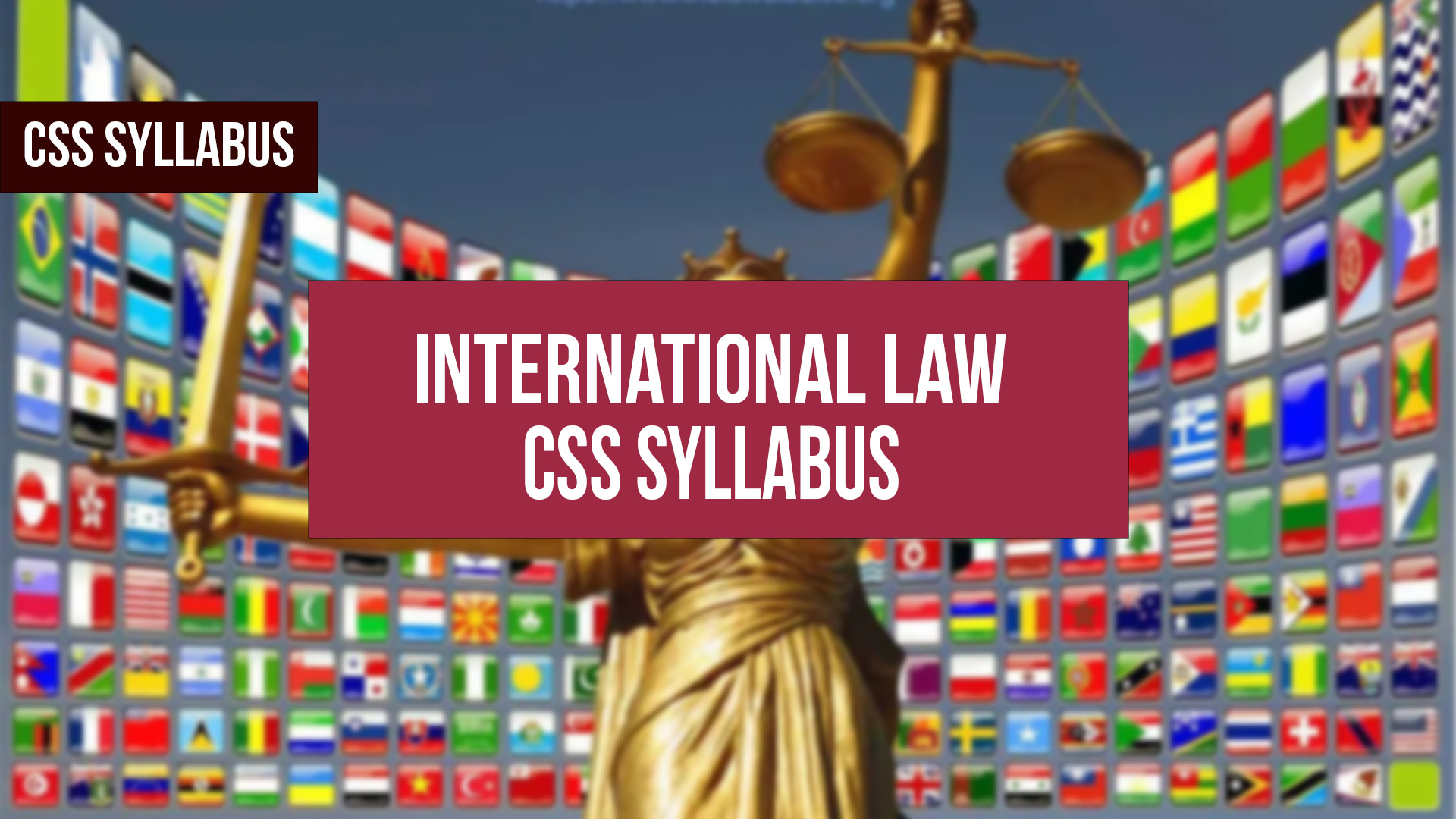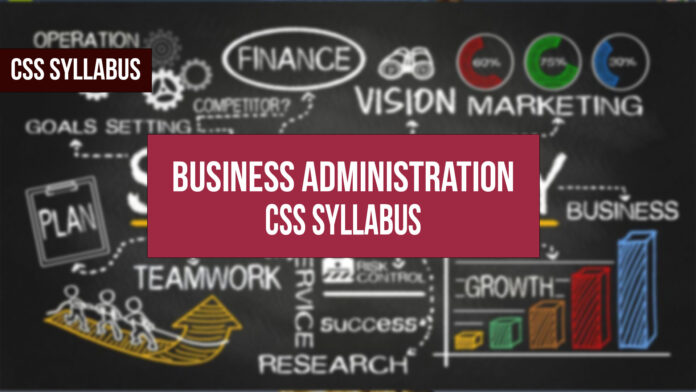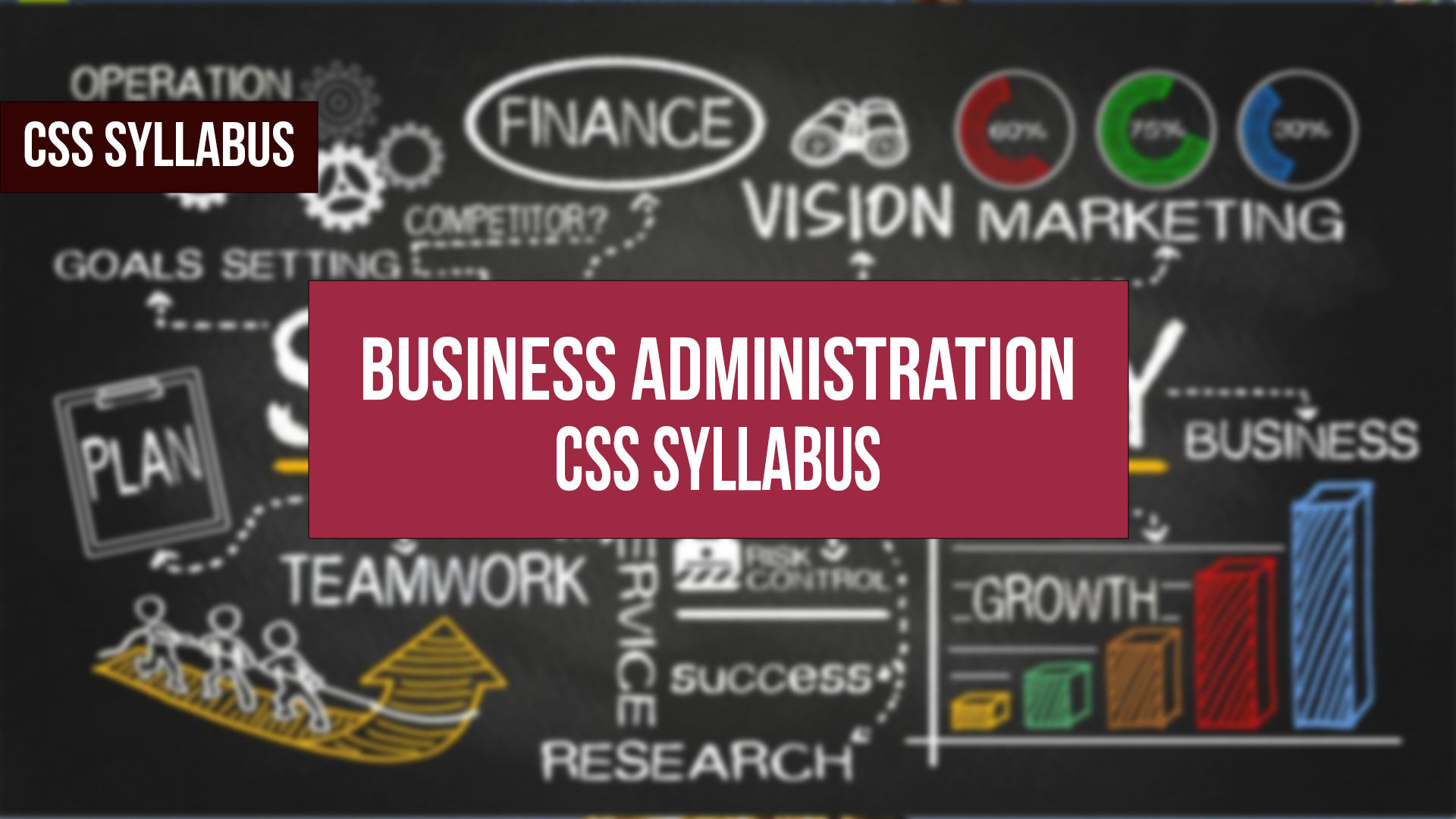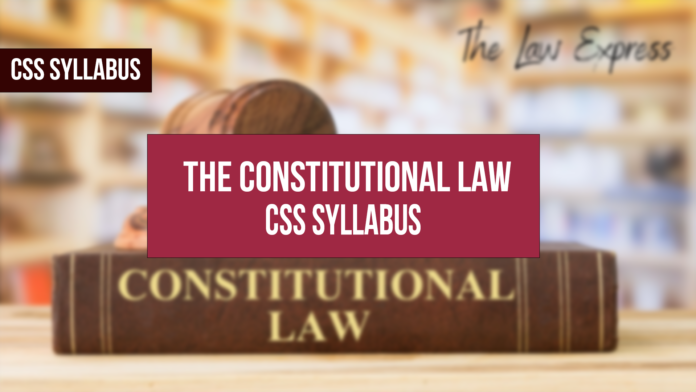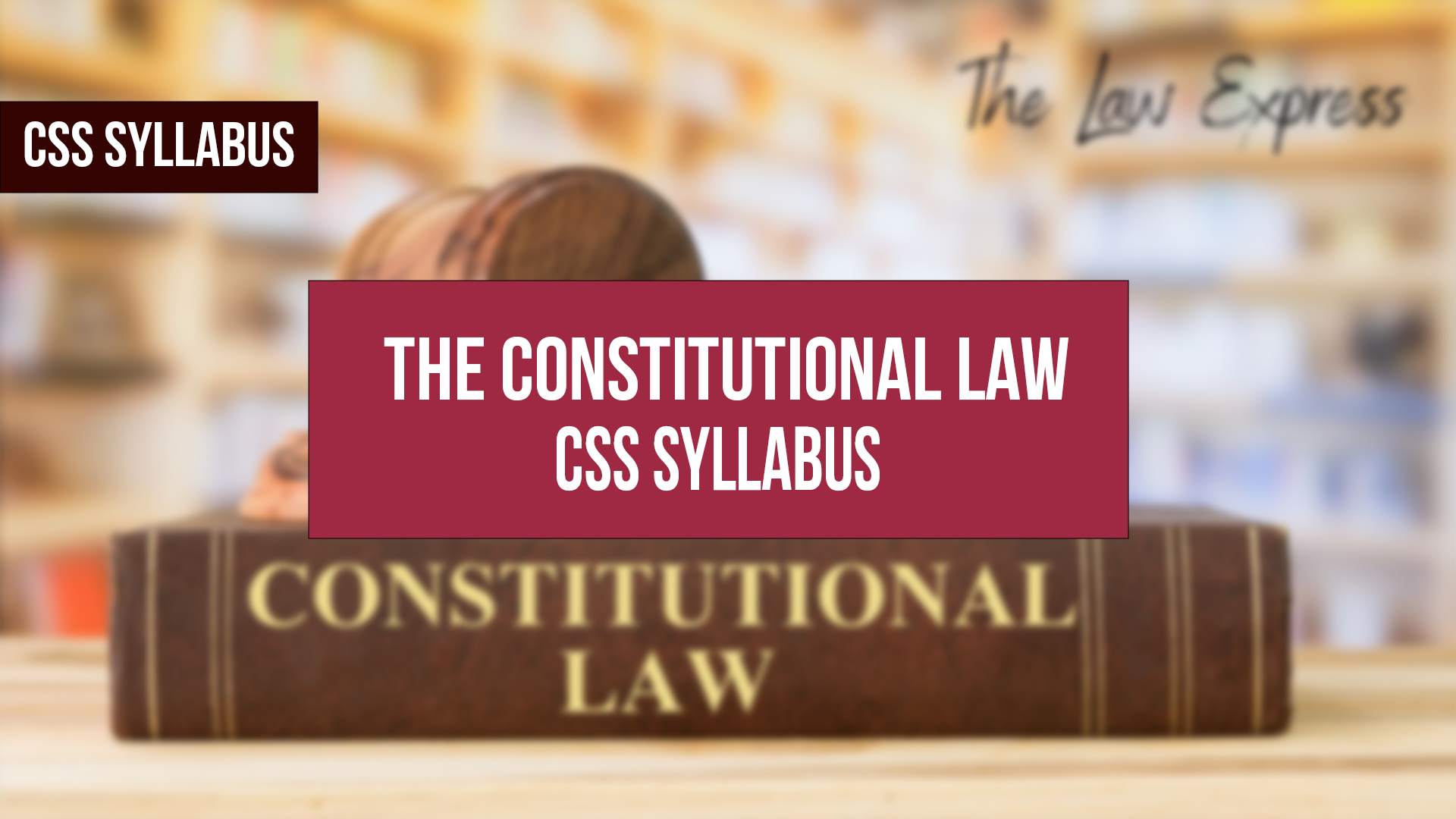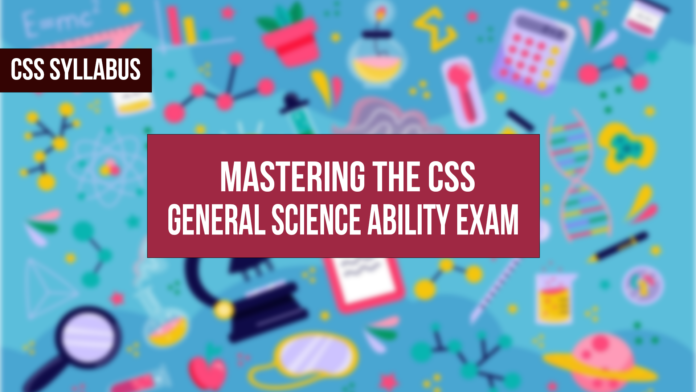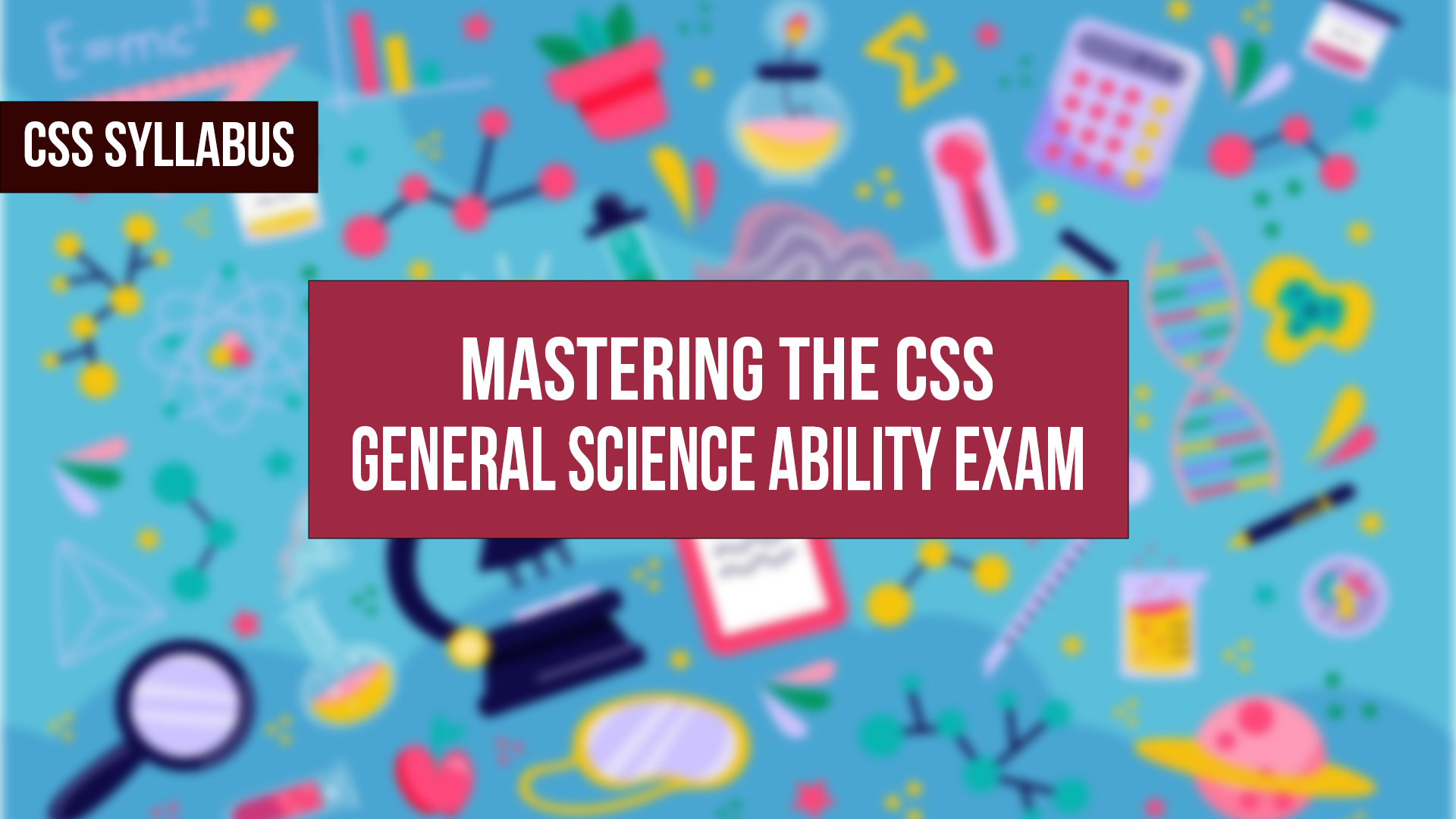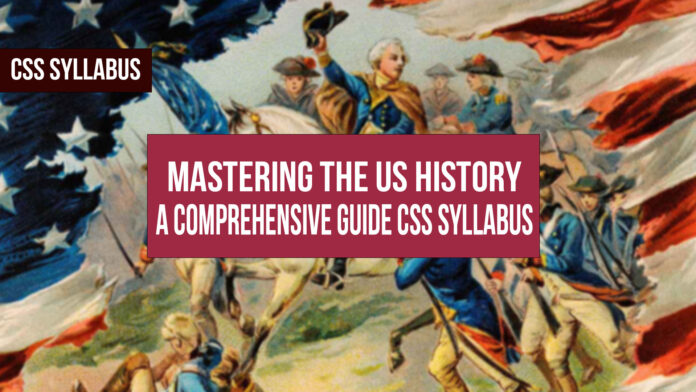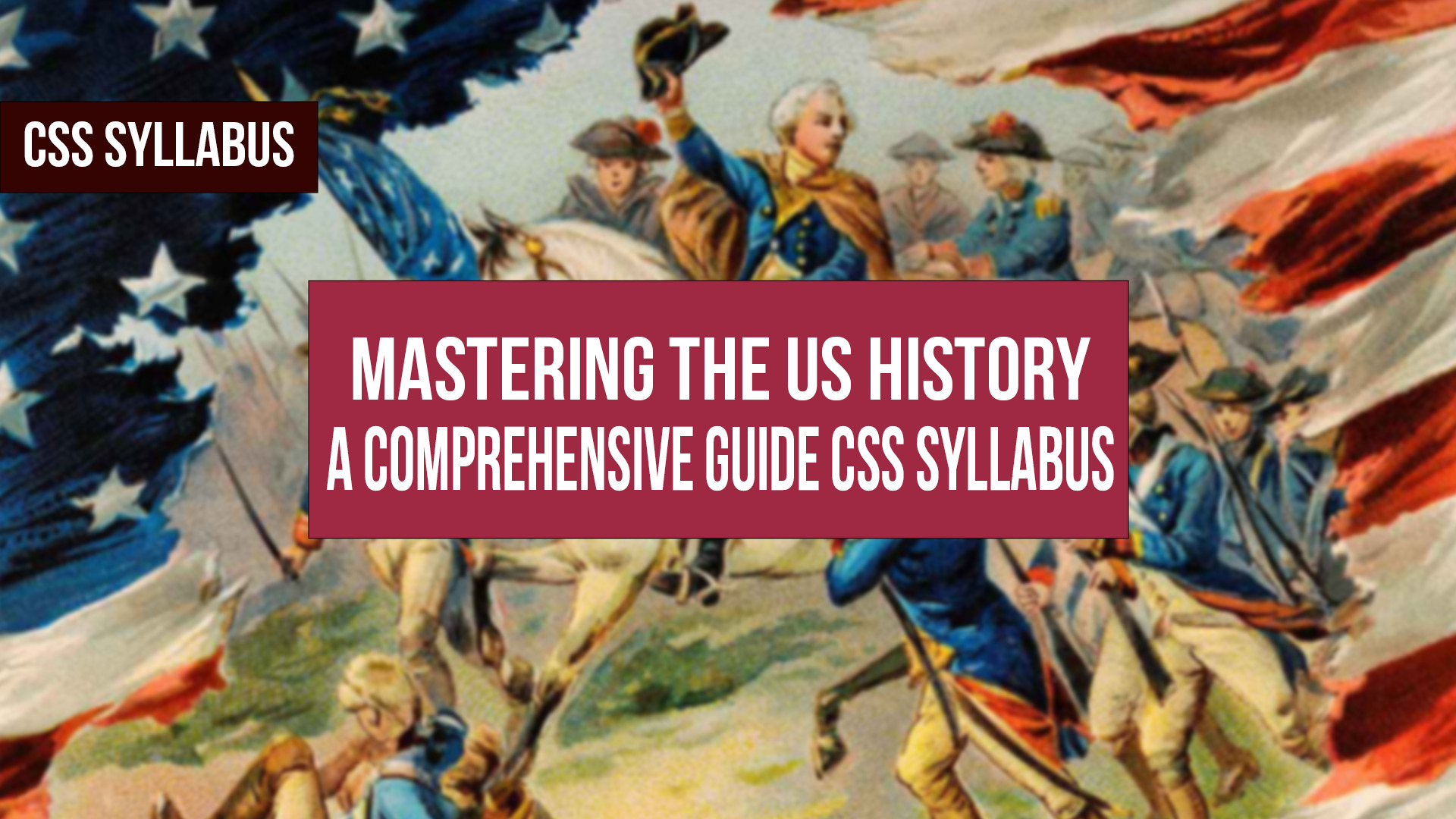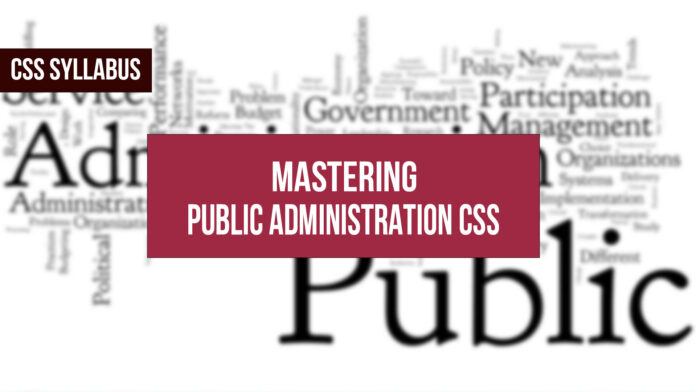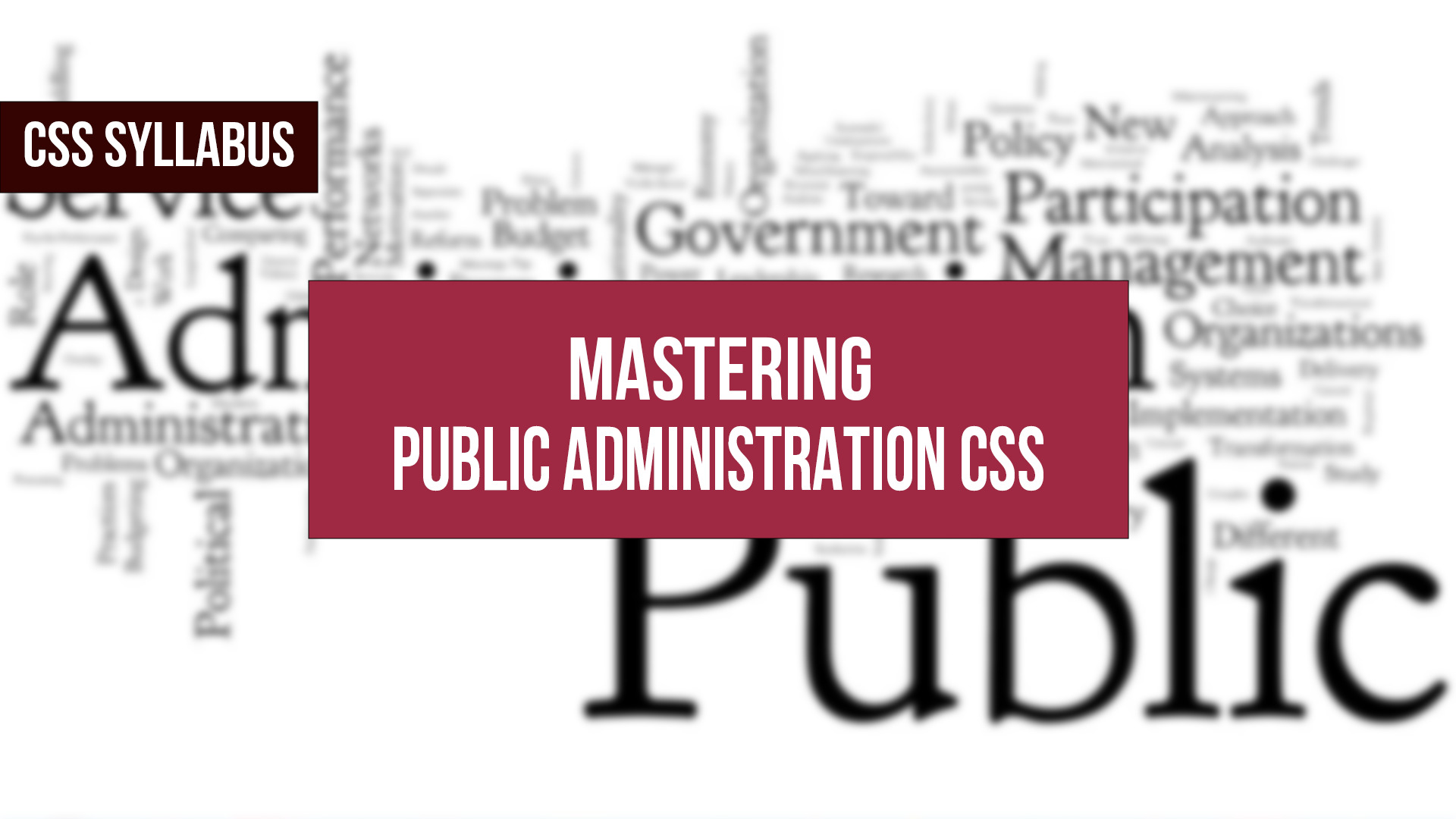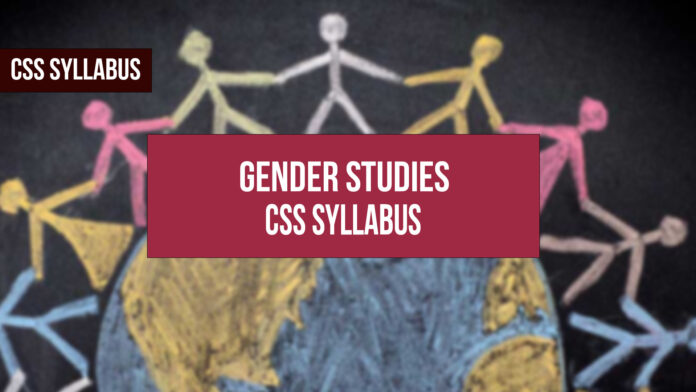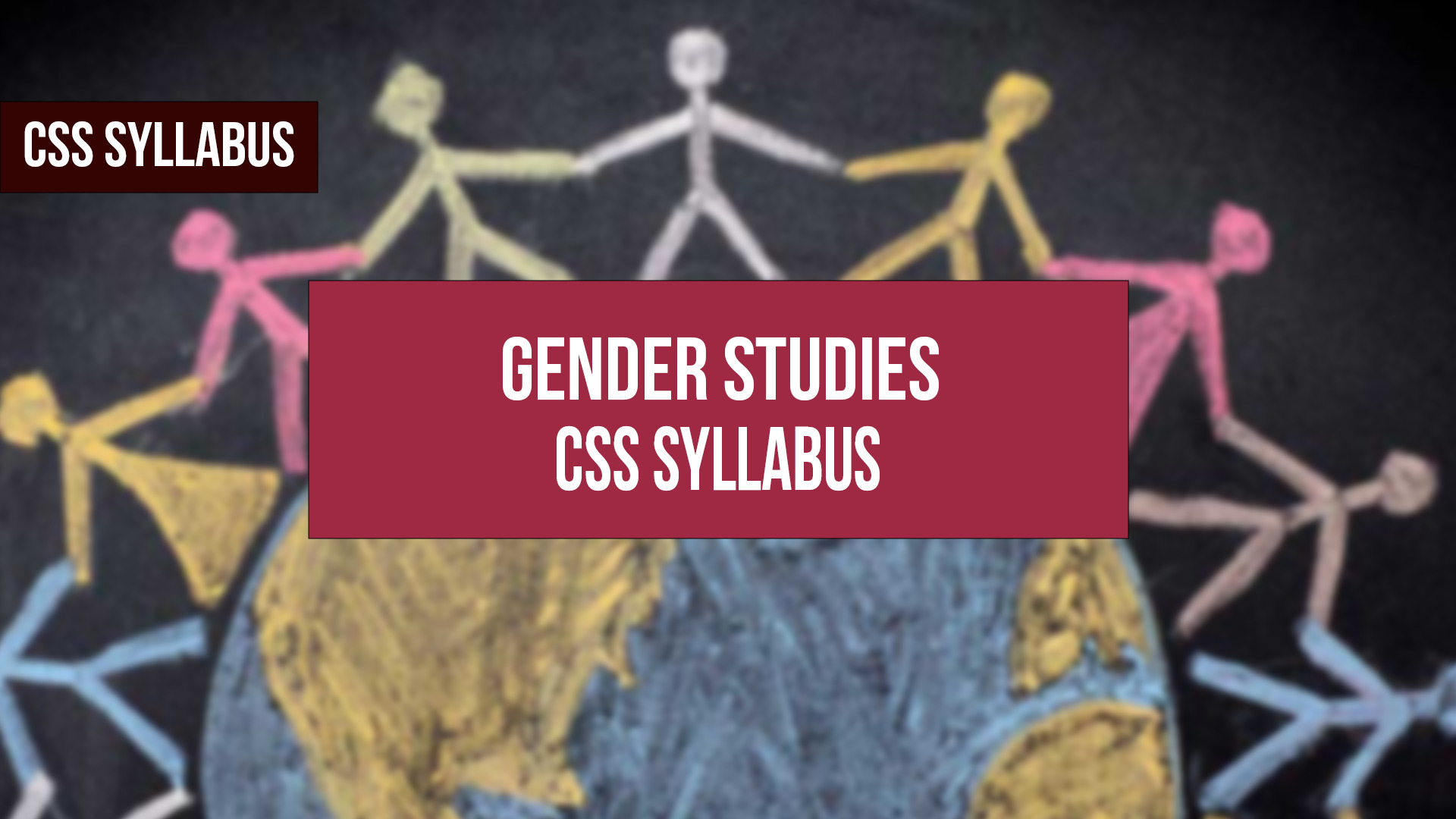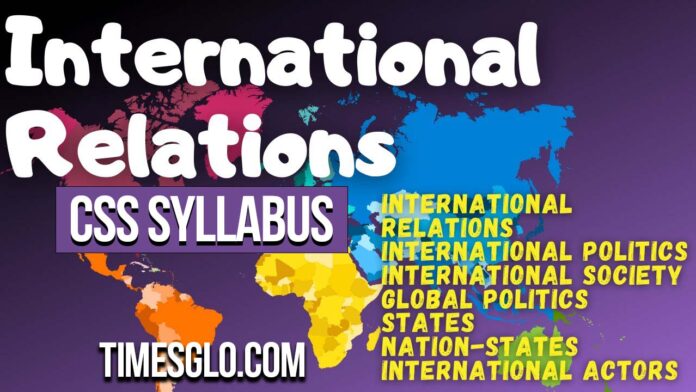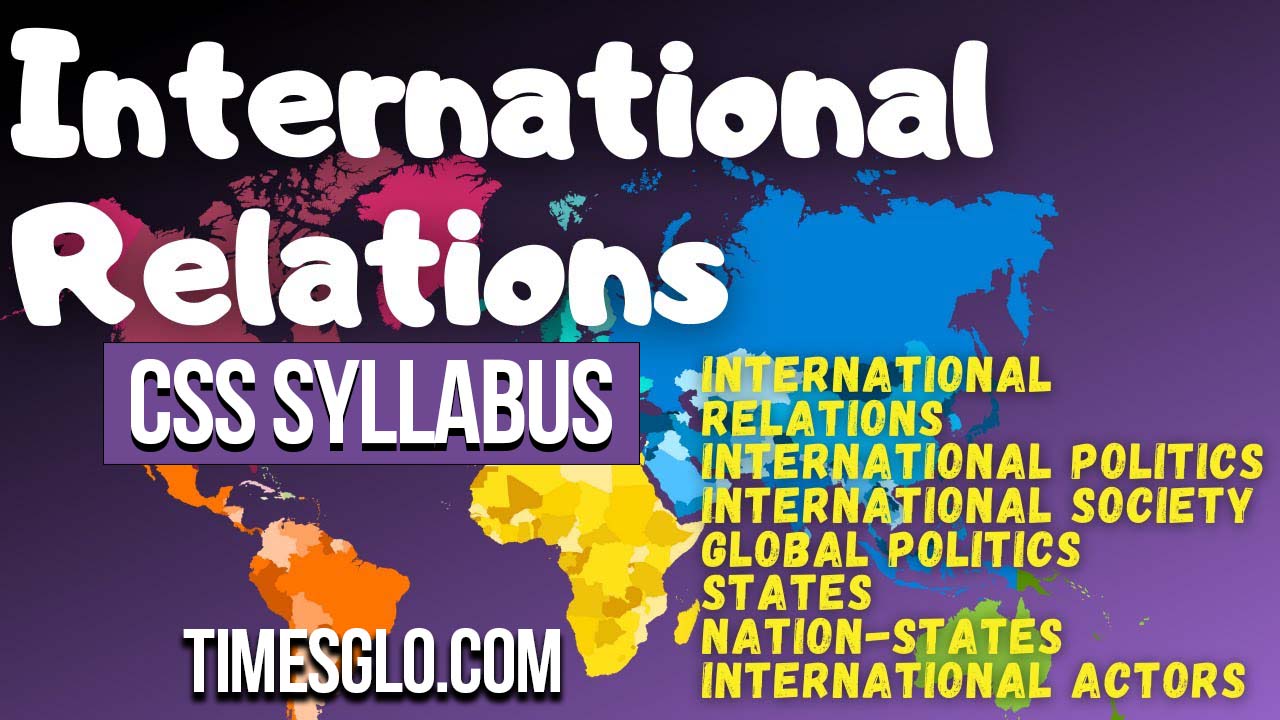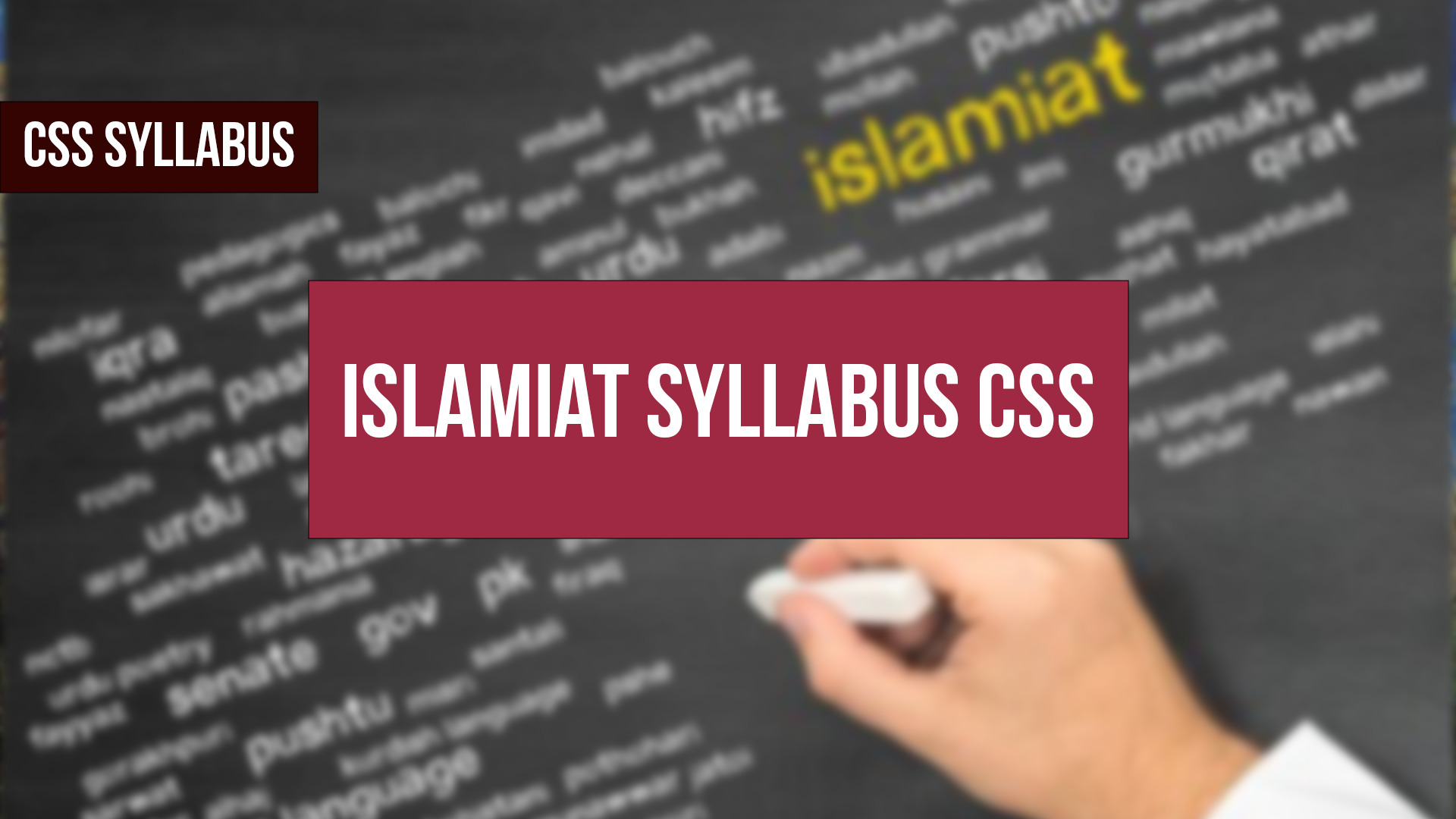
Introduction
CSS, or Central Superior Services, is a prestigious examination in Pakistan. One crucial component of this exam is the Islamiat syllabus. Understanding and mastering this syllabus are vital for success. Let’s delve into the key aspects that make it a cornerstone in CSS exam preparation.
Understanding Islamiat Syllabus CSS
The Islamiat syllabus for CSS is comprehensive, covering various dimensions of Islamic studies. From Quranic teachings to Islamic history and jurisprudence, it demands a holistic understanding.
Islamiat Syllabus CSS
Introduction to Islam.
Concept of Islam.
Importance of Din in Human Life.
Difference between Din and Religion.
Distinctive Aspects of Islam.
Islamic Beliefs & its Impact on Individual & Society and the Fundamental of Islam
Islamic Worships: Spiritual, Moral and Social Impact.
II. Study of Sirah of the Prophet Muhammad (PBUH) as Role Model for:-
Individual
Diplomat
Educator
Military Strategist
Peace Maker
III. Human Rights & Status of Woman in Islam.
Human Rights and Status of Woman in Islam
Dignity of Men and Women
IV. Islamic Civilization and Culture:
Meanings and the Vital Elements
Role of Civilization in Development of Human Personality and Community
Characteristicts of Islamic Civilization (Tawhid, Self-purification, Dignity of Man,
Equality, Social Justice, Moral Values, Tolerance, Rule of Law)
V. Islam and the World.
Impact of Islamic Civilization on the West and Vice Versa
The Role of Islam in the Modern World.
Muslim World and the Contemporary Challenges.
Rise of Extremism.
VI. Public Administration and Governance in Islam
Concept of Public Administration in Islam
Quranic Guidance on Good Governance
Concept of Governance and its Applications in the light of Qur’an, Sunnah and Fiqh.
Governance Structure in Islam (Shura, Legislation, Sources of Islamic Law)
Governance under Pious Khilafat
Particular letters of Hazrat Umar (R.A) and Hazrat Ali (R.A) to different Authority.
Responsibilities of Civil Servants
System of Accountability(hisbah) in Islam
VII. Islamic Code of Life.
Salient Features of Islamic System, Social System, Political System, Economic
System, Judicial System, Administrative System,
Procedure of Ijma and Ijtihad
Significance in CSS Exam Preparation
Mastering the Islamiat syllabus is not just a checkbox; it’s a pathway to success in the CSS exam. It plays a pivotal role in achieving a competitive edge and showcasing a candidate’s depth of knowledge in Islamic studies.
Navigating Through Islamiat Syllabus
Breaking down the Islamiat syllabus into manageable sections is crucial. This includes understanding the Quranic teachings, delving into Islamic history, and grasping the intricacies of Islamic jurisprudence.
Effective Study Techniques
To conquer the Islamiat syllabus, adopting effective study techniques is essential. From creating a study schedule to utilizing diverse resources, candidates can enhance their grasp on the subject matter.
Expert Insights on Exam Strategy
Successful candidates emphasize the importance of a strategic approach to the Islamiat syllabus. This includes a balanced study routine, focusing on weaker areas, and practicing past papers.
Common Challenges and Solutions
Many candidates face challenges in mastering the Islamiat syllabus. Identifying these challenges and providing solutions, such as group study sessions or seeking guidance from mentors, can significantly impact preparation.
Examining Historical Context
Understanding the historical context within the Islamiat syllabus adds depth to one’s knowledge. Exploring key events in Islamic history enhances the appreciation of the subject.
Interlinking with Other CSS Subjects
To excel in CSS, interlinking subjects is essential. Understanding how Islamiat connects with other subjects creates a holistic study approach, fostering a comprehensive understanding.
CSS Exam FAQs
What are the key components of the Islamiat syllabus?
The syllabus includes Quranic teachings, Islamic history, and jurisprudence.
How can I effectively navigate through the Islamiat syllabus?
Break it down into manageable sections, focusing on each aspect.
What study techniques work best for mastering Islamiat?
Create a study schedule, utilize diverse resources, and practice past papers.
Are there common challenges in studying Islamiat, and how can I overcome them?
Challenges include complexity; overcome them through group study and mentorship.
How does Islamiat connect with other CSS subjects?
Interlink subjects for a holistic approach to CSS exam preparation.
Can historical context impact my understanding of the Islamiat syllabus?
Yes, understanding historical events enhances appreciation and knowledge.
Islamiat Syllabus CSS: A Personal Journey
In navigating the Islamiat syllabus, personal experiences matter. Here, the author shares insights and tips based on their journey, providing a unique perspective on success.
Conclusion
Mastering the Islamiat syllabus is not just about passing an exam; it’s about gaining a profound understanding of Islamic studies. By following effective study techniques, learning from experts, and overcoming challenges, success in the CSS exam becomes an achievable goal.

